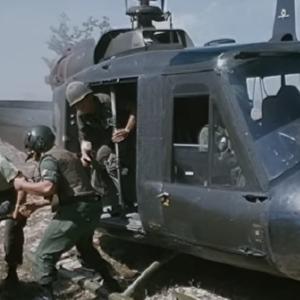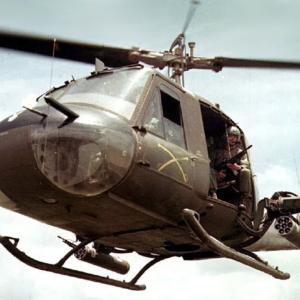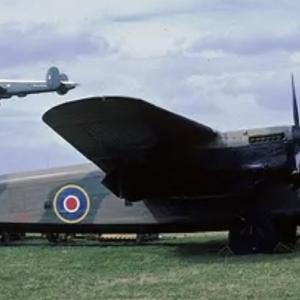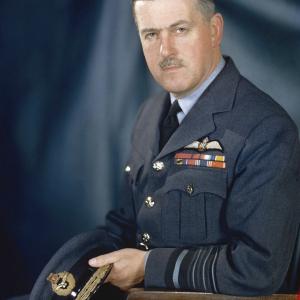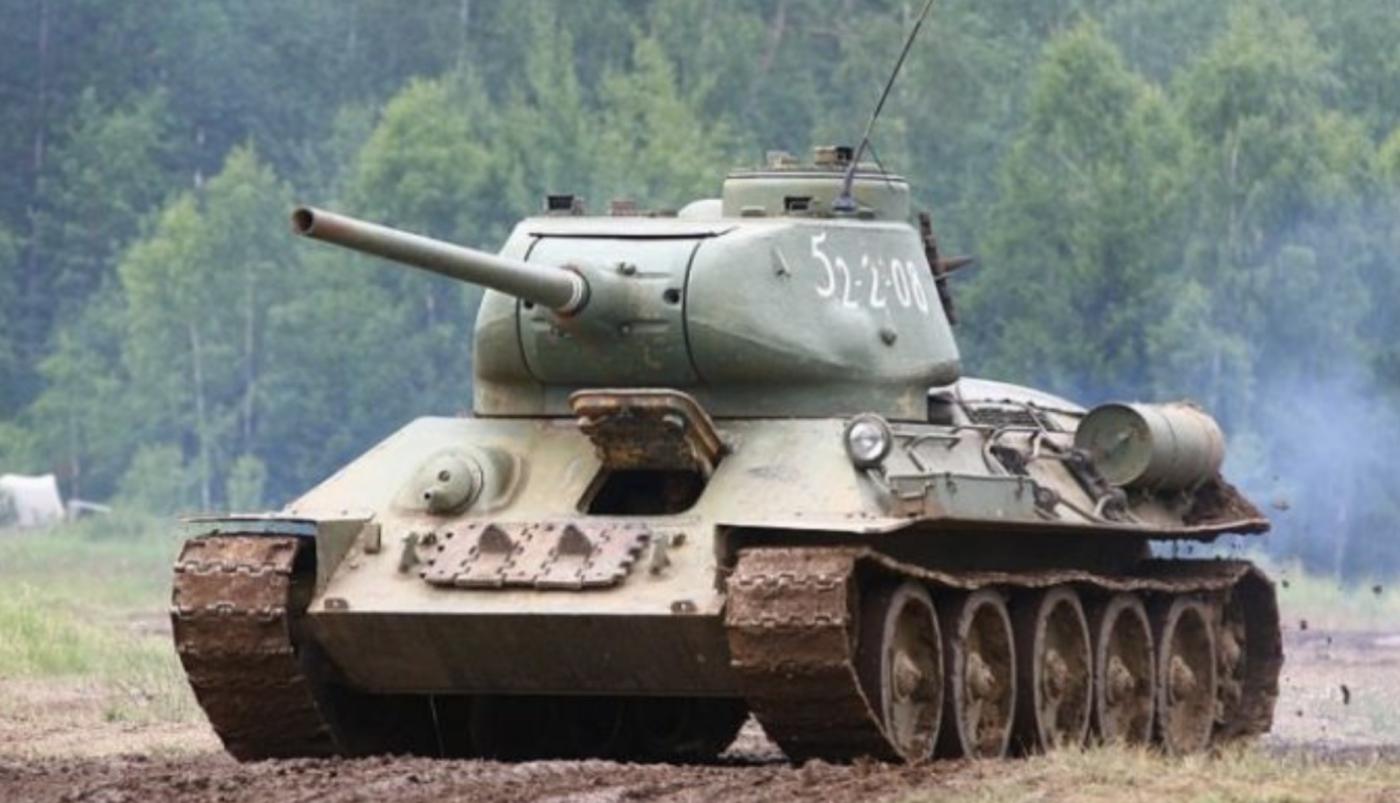
Russian t-34 Tank
The T-34 tank, developed by the Soviet Union and first deployed in 1940, is often regarded as one of the most influential and effective tank designs of World War II. Its impact on armored warfare and its contribution to the Soviet war effort were both profound and far-reaching. When Germany invaded the Soviet Union in June 1941 during Operation Barbarossa, the T-34 was still relatively new, but it would soon become the backbone of Soviet armored forces and a symbol of resilience and industrial efficiency.
The development of the T-34 stemmed from earlier Soviet tank designs, particularly the BT series of fast tanks. Soviet military planners and engineers, recognizing the vulnerabilities of lightly armored vehicles in modern warfare, sought to create a tank that combined mobility, firepower, and armor protection in a balanced and effective manner. The result was the T-34, which incorporated several revolutionary design features for its time. Among these was its sloped armor, which increased the effective thickness and likelihood of deflecting incoming projectiles. The tank’s wide tracks allowed it to traverse the often muddy and snowy terrain of the Eastern Front with relative ease, a significant advantage over many German tanks that struggled in similar conditions.
One of the key strengths of the T-34 was its simplicity and ease of mass production. The Soviet Union, recognizing the necessity of overwhelming German forces with superior numbers, designed the T-34 for rapid and large-scale manufacturing. Factories across the Soviet Union were retooled to produce thousands of these tanks, often under extremely difficult wartime conditions. Despite the loss of key industrial centers in the early stages of the war, the Soviets relocated and rebuilt their production capabilities in the east, beyond the reach of German bombers. The T-34’s design lent itself to such rapid production; it was mechanically straightforward, used common parts, and could be assembled by a relatively unskilled labor force. This industrial advantage enabled the Red Army to field large numbers of T-34s, eventually overwhelming the superior but more complex and expensive German tanks like the Panther and Tiger.
In combat, the T-34 proved to be a formidable opponent. Early in the war, German troops were shocked to encounter the T-34’s sloped armor and 76.2mm gun, which outmatched the armor and firepower of many of Germany’s early-war tanks such as the Panzer III and Panzer IV. German anti-tank weapons struggled to penetrate the T-34’s armor, and its gun was capable of destroying enemy tanks at effective ranges. These advantages forced the German military to accelerate the development of more powerful tanks, including the Panther, which was directly influenced by the T-34’s design. However, even as more advanced German tanks appeared, the Soviets continued to improve the T-34. The most notable upgrade came in 1943, with the introduction of the T-34/85, which featured a larger turret and a more powerful 85mm gun capable of combating the newer German heavy tanks on more equal terms.
The battlefield effectiveness of the T-34 cannot be measured solely in terms of technical specifications. The tank’s psychological impact, its sheer numbers, and the tactical doctrines that evolved around its use were equally important. Soviet commanders often used the T-34 in massive armored assaults, coordinated with artillery and infantry in the style of deep battle doctrine. These tactics aimed to break through German lines and disrupt rear-area operations, overwhelming the enemy with speed and firepower. Although the T-34 suffered high losses—sometimes due to inadequate training or tactical misuse—the Red Army’s ability to replace them rapidly and maintain pressure on German forces contributed significantly to the eventual Soviet victory.
The T-34 also had a symbolic value that extended beyond its battlefield role. For Soviet citizens, the tank became a representation of industrial and military strength. It was the product of immense national effort, and it played a crucial role in pivotal battles such as the defense of Moscow, the siege of Leningrad, the Battle of Stalingrad, and the massive armored engagements at Kursk. At Kursk in 1943, the largest tank battle in history, waves of T-34s clashed with German forces in a brutal confrontation that ultimately ended in Soviet strategic victory. From that point forward, the momentum of the war shifted decisively in favor of the Soviet Union.
Despite its many strengths, the T-34 was not without flaws. Early versions had poor ergonomics, limited visibility for the crew, and lacked radios in many units, which complicated coordination in battle. Crew survivability was also a concern, as the internal layout and lack of safety features could result in catastrophic losses if the tank was penetrated. Over time, many of these issues were addressed, but not entirely eliminated. Nevertheless, the advantages in mobility, armor, firepower, and producibility outweighed these shortcomings in the context of the massive, attritional conflict on the Eastern Front.
By the end of World War II, over 57,000 T-34s had been produced, making it the most produced tank of the war. Its legacy continued well into the post-war period, as it was widely exported and served in numerous conflicts during the Cold War. Countries across Eastern Europe, Asia, and even parts of Africa operated T-34s for decades after the war ended, a testament to the tank’s enduring design and influence.

